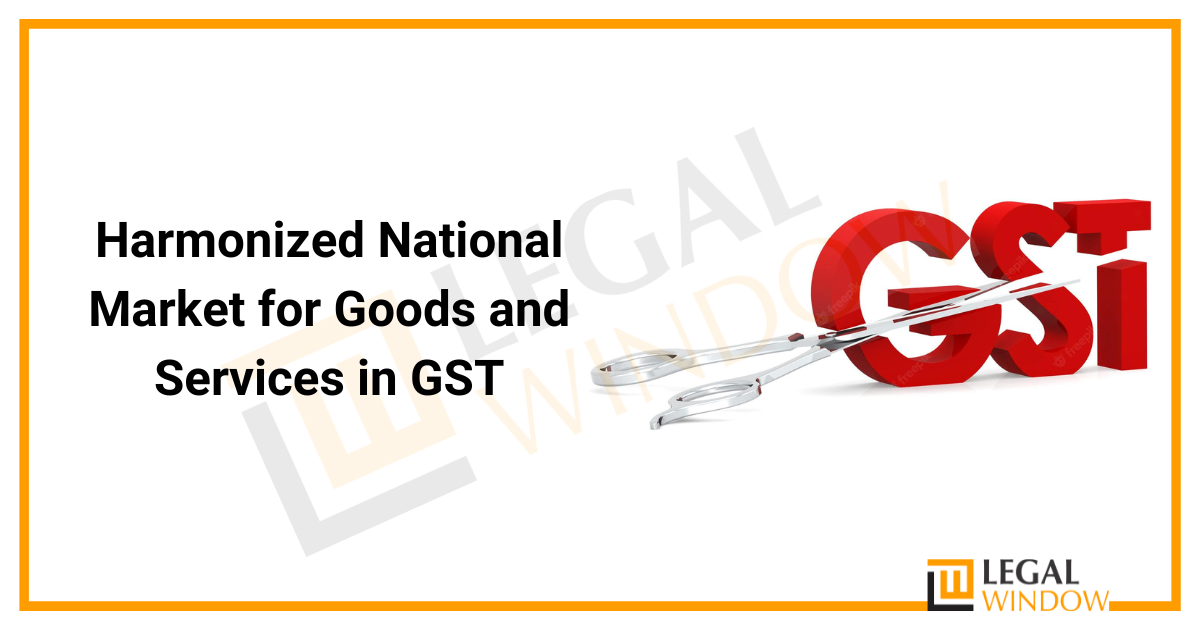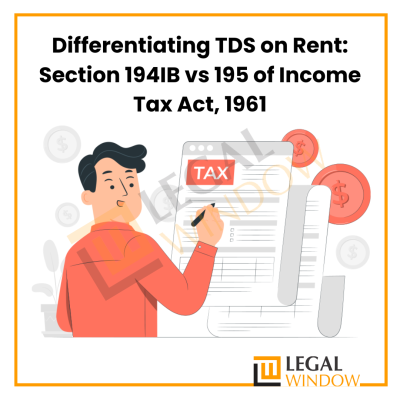 Article 279A of the Constitution of India provides for the establishment of the Goods and Services Tax Board by the President of India under the Chairmanship of the Union Finance Minister. The members of the Council are the Union Minister of State responsible for Revenue or Finance and the Minister responsible for Finance or Taxation or any other Minister appointed by the Government of each State. The Board shall exercise the functions conferred by the said Article 279A. Article 279A also sets out the procedure to be followed by the Council in making its decisions.
Article 279A of the Constitution of India provides for the establishment of the Goods and Services Tax Board by the President of India under the Chairmanship of the Union Finance Minister. The members of the Council are the Union Minister of State responsible for Revenue or Finance and the Minister responsible for Finance or Taxation or any other Minister appointed by the Government of each State. The Board shall exercise the functions conferred by the said Article 279A. Article 279A also sets out the procedure to be followed by the Council in making its decisions.
In this article, we will be concerned about the Overview of Goods and Services Tax (GST) & How does GST harmonize National Market for goods and services?
| Table of Contents |
Background of GST
The idea of switching to GST was first mooted by the then Union Finance Minister in his 2006-07 Budget speech. GST was initially proposed to be introduced on April 1, 2010. The Empowered Committee of State Finance Ministers (EC), which formulated the proposal for state VAT, was asked to come up with the plan and structure of GST. Joint working groups of officials with representatives from states and the Center have been formed to examine various aspects of GST and produce reports specifically on exemptions and thresholds, service taxation, and inter-state supply taxation. Based on discussions within and between the Central Government and the Central Government, the EC issued its First Discussion Paper (FDP) on GST in November 2009. He clarified the features of the proposed GST and laid the groundwork for the discussion between the Center and the states so far.
Introduction of GST
The Overview of Goods and Services Tax (GST) is a very significant step in the tax reforms in India. By consolidating a large number of central and state taxes into a single tax, GST will significantly mitigate the adverse effects of cascading or double taxation and pave the way for a common domestic market. From the point of view of consumers, the biggest advantage would be in terms of reducing the overall tax burden on goods, which is currently estimated at around 25-30%. It would also mean that the actual burden of indirect taxes on goods and services would be much more transparent to consumers. The implementation of GST would also make Indian products competitive in the domestic and international markets through the complete neutralization of input taxes across the manufacturing and distribution value chain. Studies show that this would have a stimulating effect on economic growth. Last but not least, this tax would be easier to administer due to its transparent and self-monitoring nature. It would also promote the transition from the informal to the formal economy. The government proposes to introduce GST with effect from July 1, 2017.
GST and its relevance in harmonizing market
GST brings benefits to all stakeholders in the industry, government, and consumers. It will reduce the cost of goods and services, boost the economy and make products and services globally competitive. GST aims to make India a harmonized market with common tax rates and procedures and remove economic barriers, paving the way for an integrated economy at the national level. By subsuming most of the central and state taxes into a single tax and allowing upstream taxes to be set off for transactions across the value chain, it would mitigate the adverse effects of cascading, improve competitiveness and improve liquidity for businesses. GST is a destination tax. It follows a multi-stage collection mechanism. In this case, tax is collected at each stage and the credit of tax paid at the previous stage is available as a credit at the next stage of the transaction. This shifts the tax burden closer to the consumer and benefits the industry through better cash flow and better working capital management.
GST is largely technology based. It will reduce the human interface to a great extent which would lead to quick decisions.
How does GST harmonize National Market for goods and services?
- GST significantly boosted the Indian government’s ‘Make in India’ initiative by making goods and services made in India competitive in both the national and international markets. Also, all imported goods will be charged Integrated Tax (IGST) which is equivalent to Central GST + State GST. This will bring equality with the taxation of local products.
- Under the GST regime, exports will be fully zero-rated, unlike the current system where some taxes may not be refunded due to the fragmentation of indirect taxes between the Center and the states. This will boost Indian exports in the international market, thereby improving the balance of payments position. Exporters with clean results will be rewarded by receiving immediate reimbursement of 90% of their export claims within seven days.
- GST is expected to increase government revenue by broadening the tax base and improving tax compliance. GST is likely to improve India’s ranking on the ease of doing business index and is estimated to boost GDP growth by 1.5-2%.
HSN- Harmonized System of Nomenclature
The Harmonized System of Nomenclature (HSN) code is used to include goods in the GST regime. Taxpayers whose turnover is more than Rs. 1.5 crore but below Rs. 5 crores will use the 2-digit code and taxpayers whose turnover is Rs. 5 crores and above will use 4 digit code. Taxpayers whose turnover is less than Rs. 1.5 crore is not required to indicate the HSN code on invoices.
GST Council
The GST Council mechanism would ensure harmonization of various aspects of GST between the Center and the States as well as between the States. It has been expressly provided that the GST Council, in performing its various functions, will be guided by the need for a harmonized GST structure and the development of a harmonized national market for goods and services. The GST Council shall establish a mechanism for adjudication of disputes arising out of its recommendation or its implementation.
 Final words
Final words
The GST Council mechanism ensured the harmonization of various aspects of GST between the Center and the States as well as between the States. The Constitution (One Hundred and First Amendment) Act, 2016 provided that the GST Council, in performing its various functions, would be guided by the need for a harmonized GST structure and the development of a harmonized national market for goods and services.
CA Pulkit Goyal, is a fellow member of the Institute of Chartered Accountants of India (ICAI) having 10 years of experience in the profession of Chartered Accountancy and thorough understanding of the corporate as well as non-corporate entities taxation system. His core area of practice is foreign company taxation which has given him an edge in analytical thinking & executing assignments with a unique perspective. He has worked as a consultant with professionally managed corporates. He has experience of writing in different areas and keep at pace with the latest changes and analyze the different implications of various provisions of the act.
Categories
- Agreement Drafting (23)
- Annual Compliance (11)
- Change in Business (36)
- Company Law (148)
- Compliance (90)
- Digital Banking (3)
- Drug License (3)
- FEMA (17)
- Finance Company (42)
- Foreign Taxation (6)
- FSSAI License/Registration (14)
- GST (120)
- Hallmark Registration (1)
- Income Tax (202)
- Latest News (34)
- Miscellaneous (165)
- NBFC Registration (8)
- NGO (14)
- SEBI Registration (6)
- Section 8 Company (7)
- Start and manage a business (21)
- Startup/ Registration (130)
- Trademark Registration/IPR (40)
Recent Posts
About us
LegalWindow.in is a professional technology driven platform of multidisciplined experts like CA/CS/Lawyers spanning with an aim to provide concrete solution to individuals, start-ups and other business organisation by maximising their growth at an affordable cost.








